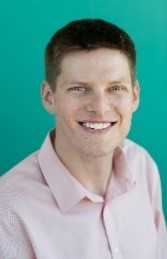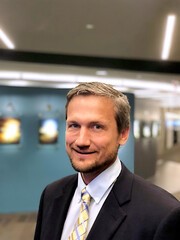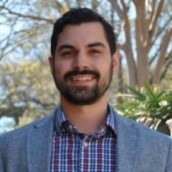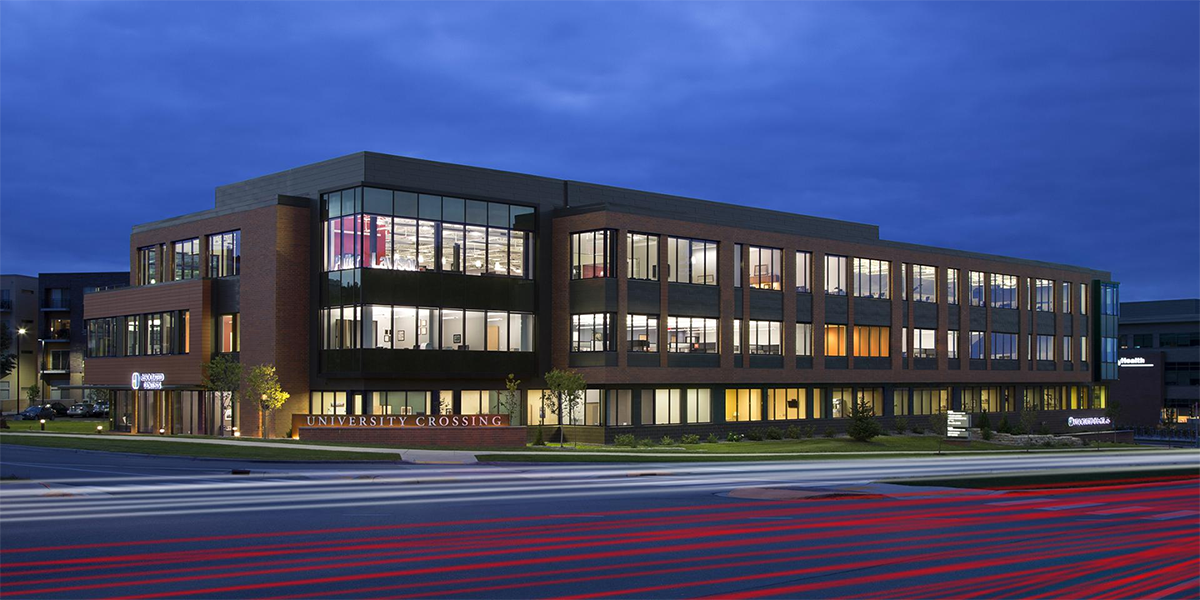Commercial building electrification: Accelerating decarbonization in cold climates
The transition to an electrified building sector is already underway. Despite a few remaining barriers, current technology makes it possible to decarbonize virtually all the energy demands from buildings. While much of the attention focuses on electrification of the transportation and residential building sectors, industry trends have opened the window of opportunity for electrifying commercial buildings—including cold climates.
In this webinar, three experts cover the opportunities and challenges presented by commercial building electrification. Christopher Perry at ACEEE shares key findings from a recent report on electrifying space heating in existing commercial buildings, specifically highlighting trends in the Upper Midwest. Slipstream’s Greg Marsicek provides an overview of several studies of variable refrigerant flow (VRF) technology in cold climates, including interview findings from market actors and energy modeling results. From IMEG, Adam McMillen reviews case studies on innovative new construction projects that are pursuing commercial electrification from various building sectors.
After the hour-long session, viewers will come away more familiar with near-term commercial building electrification technologies and trends that illustrate where the low-carbon building sector is heading.
As a result of this webinar you will be able to:
- Explain current trends and technologies of commercial building electrification
- Identify the significant potential for energy savings and greenhouse gas emissions reduction by electrifying commercial buildings
- Describe how cold climate VRF systems are a viable solution for electrifying heating in cold climates
- Discover real-world new construction projects that are pursuing commercial electrification
Who should view this webinar?
Building owners, developers, property managers, architects, mechanical and electrical engineers, project managers, general contractors, city and community stakeholders, policymakers and anyone interested in the intersection of high-performance buildings and reaching climate and energy goals.
About the presenters
 Greg Marsicek, Slipstream
Greg Marsicek, Slipstream
Greg is a senior energy engineer at Slipstream. He leads field research projects in buildings to test the performance of emerging technologies. In addition to field research, Greg is an experienced energy consultant, assisting building owners, architects, and engineers in applying energy conservation measures in commercial buildings. Greg earned his bachelor’s and master’s degrees in mechanical engineering from the University of Wisconsin–Madison.
 Adam McMillen, IMEG Corp., PE, CPHC, LEED AP BD+C
Adam McMillen, IMEG Corp., PE, CPHC, LEED AP BD+C
As director of sustainability for IMEG, Adam leads the firm’s high-performance building design and project sustainability efforts. In addition to implementing technical design strategies that improve building performance, reduce energy use, and preserve natural resources, Adam leads IMEG’s energy modeling team and builds industry relationships that positively impact the built environment. Adam is a licensed professional mechanical engineer with extensive knowledge of energy and life-cycle cost analysis. His past experience includes the design, energy modeling, and commissioning of high-rise office, higher education, and science and technology projects. He also has served as director of energy consulting for a non-profit organization, where his work included a national initiative with the Department of Energy that promoted performance-based procurement and offered a path to zero energy design.

Christopher Perry, ACEEE
Christopher Perry conducts research to support energy-efficiency building codes and equipment standards, as well as smart and grid-interactive buildings. He joined ACEEE in 2015. Chris is a registered professional engineer in Washington DC, LEED Accredited Professional (building design + construction), and Certified Energy Manager. He earned a masters in engineering management from George Washington University and a bachelor of science in industrial engineering from Pennsylvania State University.
Questions?
Please see our Education & Training FAQ, or visit our webinar catalog to access Slipstream's entire collection of on-demand recordings.
